Fashion, as we know it today, is a vibrant tapestry of creativity, culture, and commerce. The journey of fashion and its brands is as intricate as the designs they create, with roots that intertwine through the centuries and across continents. Let’s unravel the threads to discover where the fashion and its illustrious brands began.
The Renaissance of Style
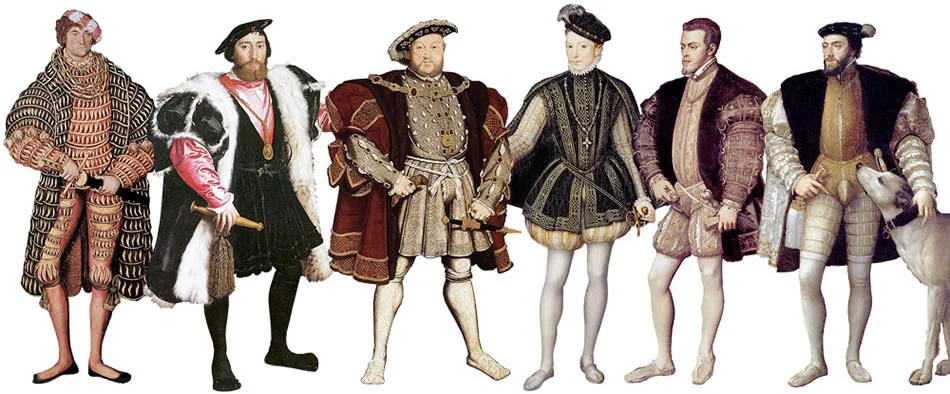
The genesis of fashion branding can be traced back to the Renaissance period when the concept of the individual designer began to emerge. Tailors and dressmakers were gaining recognition, and the affluent classes sought their services to stand out. This era laid the groundwork for the fashion industry, with cities like Florence and Paris becoming hubs of sartorial excellence.
The Birth of Haute Couture
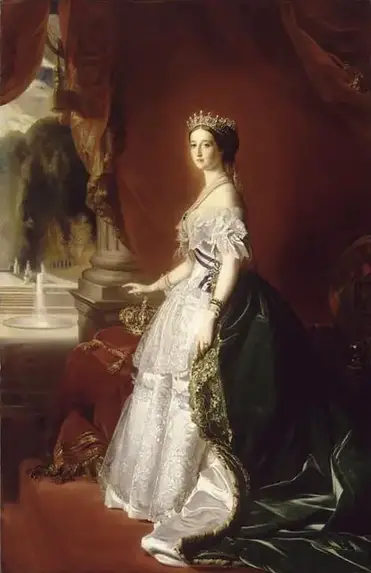
The term ‘haute couture’ was coined in the 19th century, with Charles Frederick Worth being widely regarded as the father of haute couture. In Paris, Worth established the first true fashion house, where he was the first to sew branded labels into his garments. This innovation marked the beginning of fashion branding as we know it.
The Emergence of Luxury Houses

The late 19th and early 20th centuries saw the rise of luxury fashion houses. Louis Vuitton, known for its luggage trunks, began in 1854, while Gabrielle ‘Coco’ Chanel opened her first store in 1910, revolutionizing women’s fashion with her comfortable yet chic designs. These pioneers set the stage for the brand-centric fashion industry.
The Evolution of Ready-to-Wear
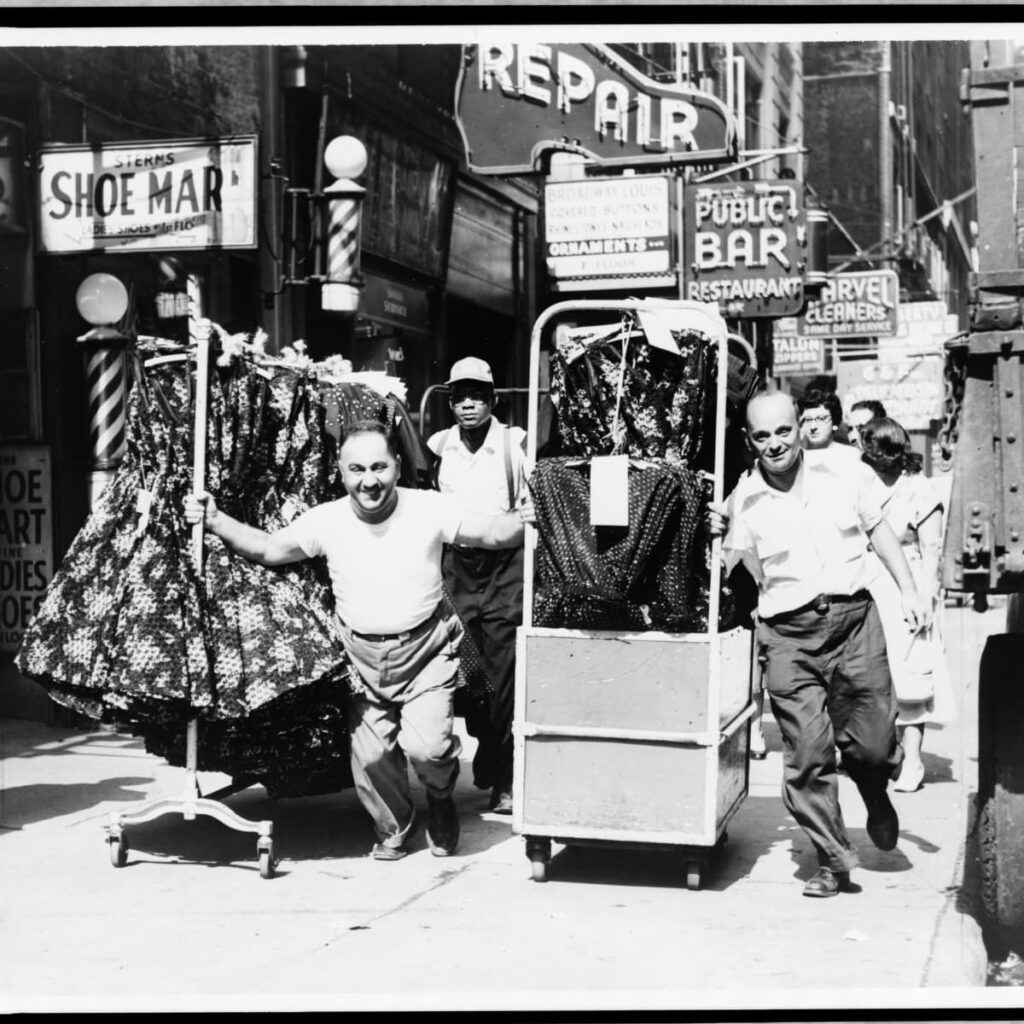
While haute couture catered to the elite, the post-World War II era witnessed the democratization of fashion with the advent of ready-to-wear. Designers like Christian Dior and Yves Saint Laurent began offering more accessible collections, bringing high fashion to the masses and expanding their brands globally.
The Brand as a Lifestyle
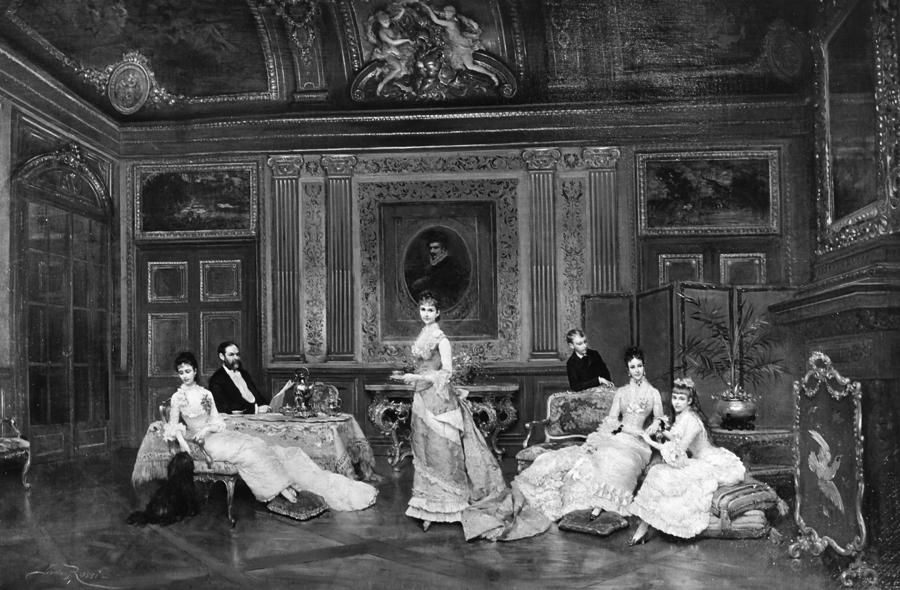
As the 20th century progressed, fashion brands became synonymous with lifestyle. Ralph Lauren, starting in 1967, sold a dream of elite Americana through his Polo line. Giorgio Armani, launching his brand in 1975, sold understated elegance. These brands weren’t just selling clothes; they were selling an image, an experience, and a status.
The Modern Tapestry
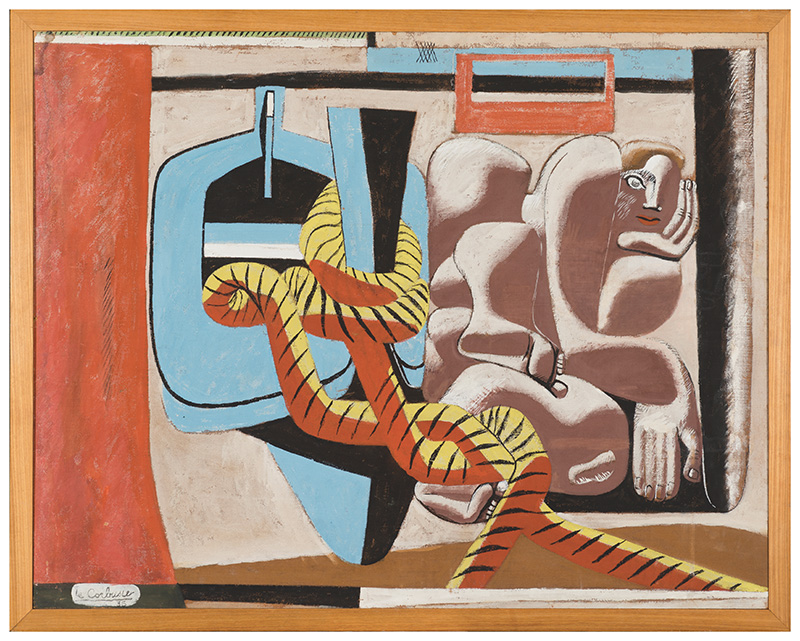
Today, fashion brands are multifaceted entities. They are at the forefront of design and innovation while also being deeply rooted in their heritage. Brands like Gucci, established in 1921, have reinvented themselves for the modern era while maintaining their rich history. The rise of fast fashion brands like Zara, which started in 1975, has further diversified the fashion landscape, offering trend-led clothing at high street prices.
The Future of Fashion
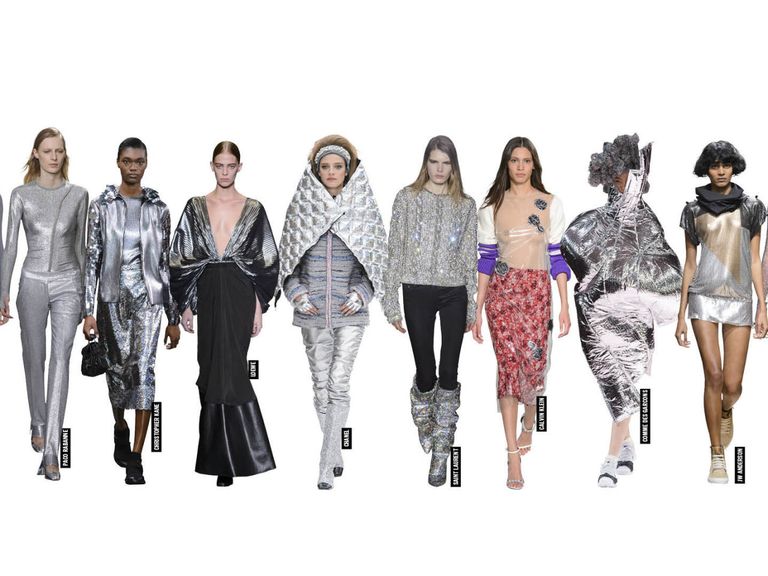
As we look to the future, sustainability and ethical practices are becoming the new vanguards of brand identity. Consumers are increasingly aware of the environmental and social impact of their clothing choices, pushing brands to adapt and innovate in responsible ways.
Fashion brands have come a long way from their humble beginnings. From the artisan tailors of the Renaissance to the global powerhouses of today, they have woven a rich history that continues to evolve. As we don the latest styles, we wear pieces of a story that spans generations—a story that is as much about the identity of the wearer as it is about the vision of the creator.
